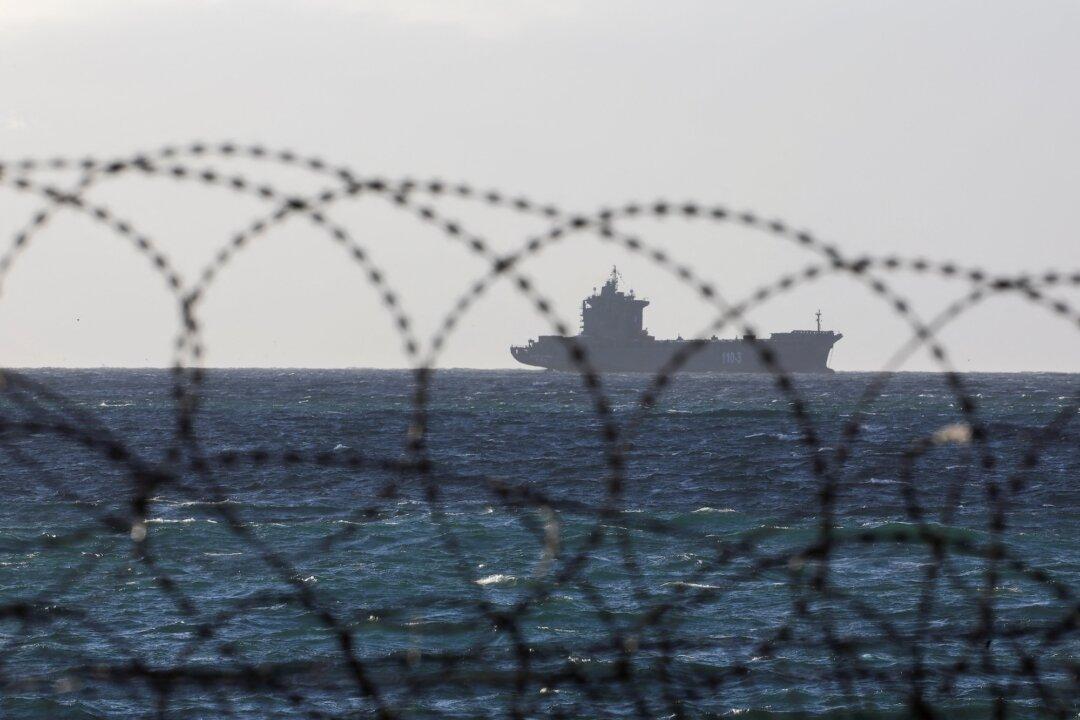A Texas businessman and deep-sea explorer descended 35,853 feet into the depths of the Pacific Ocean to shatter the record for the world’s deepest dive—and he found plastic trash.
Victor Vescovo, a former U.S. Navy Reserve Commander, dove 52 feet deeper than any human before him, the Five Deeps Expedition team disclosed in a news release (pdf) on Monday, May 13.





